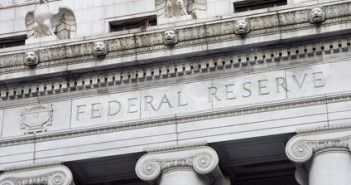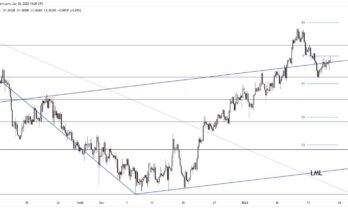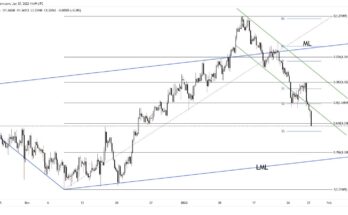Equity markets staged a moderate rebound yesterday, managing to claw back some of the wash-out seen over the past few days, despite the USDJPY carry trade continuing to collapse with the pair sliding below the 102 handle.
Employment data out of the US which showed job openings stood at 4.2M as of the last day in February helped underpin the move in equities, although it was evident as the day wore on that the bears had become a little exhausted; the S&P was able to regain the 1,850 level to finish the day up 0.38%, although credit markets weren’t following the move, with yields on the 10-year US treasury sliding to 2.68%.
The Loonie latched on to the broad-based USD weakness witnessed throughout the day, with USDCAD taking another leg lower to probe the low 1.09 level. The pair finished the day facing some pretty stiff technical support in the 1.09 area (Feb 19th low, 100 day moving average, cloud bottom), however as the pair spends increased time south of the 1.10 level, momentum indicators favour further losses for the pair.
The positive close on Wall Street helped support sentiment during the overnight Asian session which saw the Shanghai Comp and Hang Seng both trade higher to finish up by 0.33% and 1.09% respectively, although the Nikkei wasn’t able to follow suit and dropped by 2.1% as the Japanese index caught up to the Yen strength that was experienced during yesterday’s session.  Japanese equities are down for the fourth straight session, feeling the pressure of the stronger Yen which has driven USDJPY from 104 to 102 in a matter of three trading sessions; the pair is pivoting around the 102 level this morning, as traders and investors wait for the next catalyst from the Bank of Japan.
Heading over to Europe, major bourses are well situated in the green as we get set for the North American cross, with equities buoyed by positive global sentiment.  Germany’s trade surplus for the month of February came in slightly lower than economists estimates this morning, printing at 15.7bn EUR vs. expectations of 17.8bn EUR, as a stronger EUR impacts global demand as German exports become more expensive on a worldwide basis.
The challenge for EUR bears is that with limited ECB action, the common-currency has remained resilient, and will continue to perform positively should inflation begin to move off it’s lows and start heading back towards the 1.0% mark.  The ECB has made it clear that while they have the tools available to them, the process for implementing a QE-style program will take some time to iron out, and it appears the committee is comfortable trying to jaw-bone the EUR lower for the time being.  The problem is that the market has taken the dovish language from Draghi and Co with a grain of salt, and the move off the high-1.36s may signal a short-term bottom is in place.  The end of the month which brings the flash CPI reading for April will be an important catalyst for the pair, potentially reinforcing a turning point for the EUR.
As we move into the North American open, a sparse economic calendar has equity futures developing in a constructive manner, levitating slightly higher before the opening bell. Â Currency markets have been notably quiet as we hit the mid-point of the week; key support for USDCAD has kept the pair north of the 1.09 level, EURUSD is flat pivoting around the 1.38 handle, while USDJPY has found some willing bid tones to halt its slide and change hands near the 102 area.
Looking ahead to the remainder of the session, the minutes from the last FOMC meeting will be due to hit the wires at 14:00EST, and represents the piece of economic news most traders and investors will be focused on. The minutes set to be released are from the previous FOMC meeting where Janet Yellen’s outlined the theoretical six-month time frame from when QE is completed to when the benchmark rate will begin to rise, and hopefully will provide the markets with more clarity around how the discussion evolved within the confines of the FOMC boardroom.
Since the FOMC decision financial markets have had some conflicting Fed speak to decipher, with Yellen playing down her relatively hawkish press conference at a subsequent address and Kocherlakota reiterating the unemployment rate overstates the health of the labour market, while Bullard has contradicted his aforementioned colleagues and signaled to markets that the first hike should be expected in Q1 2015, slightly faster than Yellen’s six-month time frame. The piercing of the 50-day moving average in the DXY subsequently sent the USD-basket to it’s sharpest one-day decline since early March, with the dollar weighted index positioned to move into the mid-79s should Bullard appear to be an outlier within the FOMC and the minutes reveal a more dovish-makeup than originally anticipated. That being said, the DXY could see a nice bounce following yesterday’s sharp sell-off should the minutes reveal the broad view is more in line with Yellen and that economic activity in the US is conducive of rates beginning to rise around the middle of 2015.
Further reading:Â Price Action or Indicators: Why Not Both?



